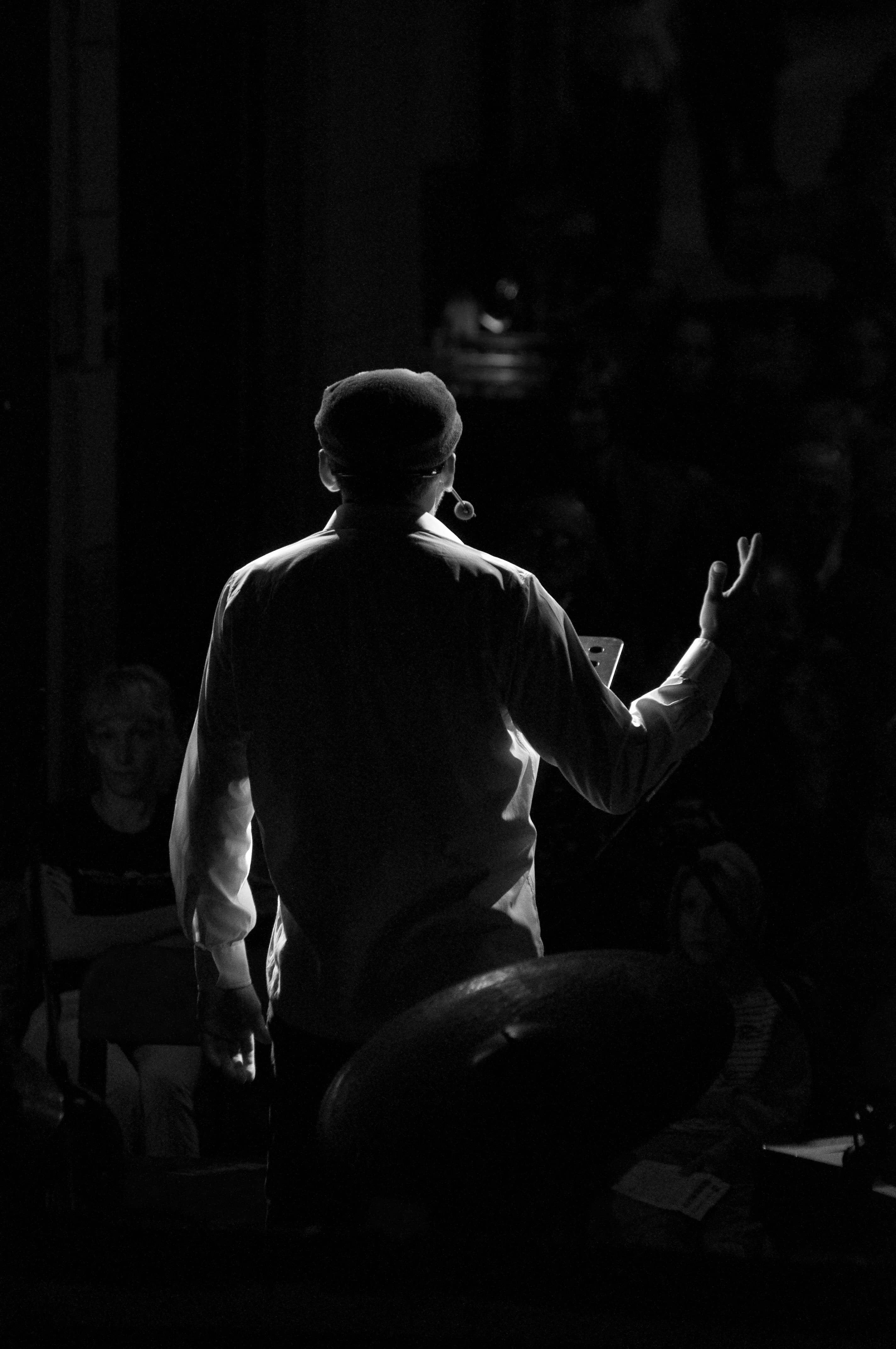In our two previous posts we spoke of the power of storytelling and the power of storyboarding, sharing handy how-tos and simple yet vivid examples. If every presentation is a potential story, it follows that every presenter is a potential storyteller.
If you start thinking of yourself as a “storyteller” instead of a “presenter” you put yourself in a place of powerful possibility.
The word “presenter” brings to mind a person who presents – a talk, a slideshow, a pitch.
The word “storyteller” brings to mind a person who can cast a spell, spin a web, draw you in, and keep you engaged and involved, often leaving you wanting more…
Storytellers go back a long way. Remember how each one of us, as children, fell under the spell of stories, told by parents, grandparents, teachers, friends? Why forget and leave that behind when we enter adulthood, when it’s something we all intrinsically and instinctively connect to?
New-age corporate wisdom recognizes the need to connect with these timeless traditions of storytelling. The fact that it gives an edge to functional presentations is a given. The question we’d like to spend a few moments thinking about is:
What are some of the ways in which one can make the transition from being a regular run-of-the-mill “presenter” to being an impactful and memorable “storyteller”?
Step 1: Remember the storytellers who made an impact on you
These could be from your childhood – a favourite uncle, a grandma, a teacher. Make a list of the things that stayed with you:
- Was it a punchline?
- Was it a prop?
- Was it the way the voice changed as per the mood of the story?
- Was it a mix of telling and showing?
What could you learn from these early experiences that have continued to stay in your mind?
Remember: A list that is personal to you will add to your authenticity as a storyteller.
Step 2: Analyze your own skills as a potential storyteller
Everyone tells stories, on a daily basis, in different forms. All the times you’ve cracked your colleagues up recounting some funny incident on the way to work, or held forth around the coffee machine – it was you in storyteller-mode. What you do so naturally in your leisure hours can be of immense help to your work. Analyze your own skills and also learn from your colleagues.
Step 3: Study how great storytellers do it
Professional storytellers have worked hard at honing their skills, and have a lot to offer. If you look at available videos online, you will see that the best storytellers have a few things in common:
- Eye-contact: so essential in all forms of human communication
- A personal approach: so that each member of the audience feels immediately connected
- Anecdotes: which humanize and make every story relatable
- Body-language: confident yet not arrogant, relaxed yet not too casual
- Voice: aided by a microphone, neither too loud nor too soft, well-modulated
And so on.
Step 4: Practise your storytelling in a formalized set-up
It’s one thing to tell stories around the water-cooler, and quite another to do so in a conference room. If, as per the pointers in our earlier posts, you already have your presentation mapped out in story-mode, with text and images complementing each other and creating a dramatic arc, half your work is already done. Your role as presenter-transformed-into-storyteller is to be able to lend your presence, your voice and your narratorial abilities to the mix. This is best done by rehearsing, with and to your team.
We hope this will start you off in the right direction. And wish you good luck in connecting with your inner-storyteller!

